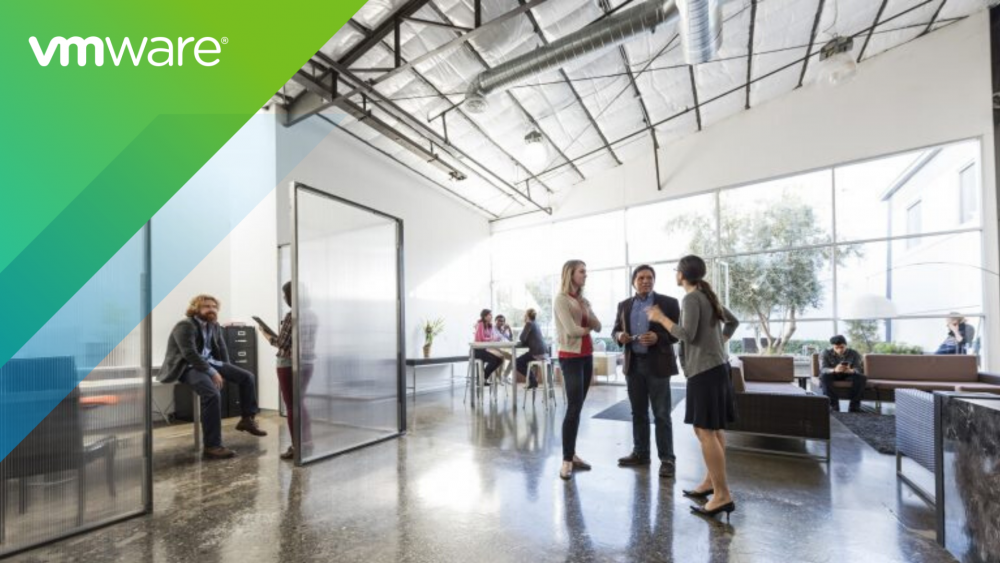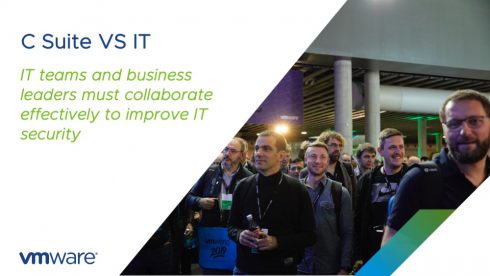DISCLAIMER: this article is older than one year and may not be up to date with recent events or newly available information.
The digital transformation of networking is revolutionizing the way enterprises conduct business. Companies everywhere are capitalizing on a variety of cloud-based applications—from voice over Internet protocol (VOIP) calling to video streaming—to boost productivity, reach new markets and simplify Internal operations. As more businesses update their legacy infrastructures, many are leveraging software-defined wide area networks (SD-WAN) to move their digital transformation journey forward.
Why Digital Transformation is Key
Companies recognize they need to invest in a variety of digital tools if they want to differentiate themselves and outmatch their competitors. At the same time, many organizations rely on legacy networks which are insufficient to support a variety of cloud-based applications.
Regardless, the integration of these tools is imperative if enterprises want to digitally transform their networks. According to research from IDC, two-thirds of the CEO’s of Global 2,000 companies will focus on moving from traditional strategies to digital strategies before the end of the year, with 34 percent of companies already undergoing a digital transformation.
The Challenge of Legacy Systems
A host of challenges are tethered to legacy systems, which encumber efforts to digitally transform networks. According to a survey conducted by market research firm Vanson Bourne consisting of feedback from 100 IT decision makers at firms with over 1,000 staff, 90 percent of respondents said legacy systems were hindering them from launching digital technologies. Some of the challenges of managing a network that includes legacy systems are:
- Maintenance: With traditional legacy systems, network operators have to manually configure individual devices at multiple branch locations, which is both tedious and time consuming. Worse yet, these devices have to be continuously updated in response to changes in application and business needs.
- Security: Legacy systems are prone to security risks as well. The rigid and monolithic nature of these networks makes them notoriously difficult to update. Many businesses choose not to maintain their legacy networks with security patches and software updates, since doing so would cause major disruptions to day-to-day business operations. As a result, the number of security threats grows with each software update missed.
- Data: Legacy systems often do not have the reporting capabilities required to access important data within the network. Companies today need real-time insights into their networks in order to resolve problems and thwart security threats. The inability to access this data stymies IT departments from effectively addressing these issues quickly.
- Cost: The rigidity of legacy systems also makes them expensive to maintain on a day-to-day basis. Installing and deploying applications on a legacy system requires a hefty financial front. This is because the skill sets required to uphold these networks is shrinking as legacy systems become increasingly obsolete.
Enabling Digital Transformation with SD-WAN
SD-WAN represents a way for companies to ease into a cloud-based environment while updating their existing network infrastructure. An offspring of the principles of software-defined networking (SDN), SD-WAN provides a way to enable cloud-based services to corporate and branch offices by automatically and intelligently steering network traffic through a single pane of glass. Levering the technology, enterprises can overcome the challenges that legacy systems pose to digital transformation.
For example, rather than having to manually configure devices at disparate offices, the zero-touch provisioning capabilities of SD-WAN allow network operators to launch new branches on the fly. Appliances like VMware SD-WAN Edge devices are able to automatically receive configuration instructions upon connecting to the Internet in a zero-touch deployment. Moreover, the platform is able to integrate with the existing network with support for open shortest path first (OSPF) routing protocol.
SD-WAN can make networks more secure as enterprises transition to a cloud-based environment. VMware SD-WAN™ by VeloCloud®, for instance, interoperates with legacy infrastructures. With this scalable framework, businesses can integrate their preferred security solutions. The granular visibility provided by the platform also gives companies an in-depth understanding into the workings of their network, helping them identify, diagnose and curtail security threats in real-time.
Additionally, SD-WAN can utilize existing Multiprotocol Label Switching (MPLS) connections to deliver cloud-based solutions without compromising the quality of service. The platform helps companies gradually weed out expensive MPLS links with affordable Internet links. SD-WAN further brings down the cost of providing these solutions by effectively allocating bandwidth for mission-critical applications based upon predetermined routing pathways.
Enterprises can also break into a cloud-based environment with a software-defined data center (SDDC), which can be implemented in phases or all together with eco-management solutions provided by companies like VMware. Through this scalable architecture, SDDC extends virtualization, including abstraction, pooling and automation, across the data center. Whether dealing with a public, private or hybrid cloud, SDDC is an ideal architecture to ensure the best service level agreement (SLA) for all applications.
You can learn more about how SD-WAN can spearhead your company’s digital transformation journey by reading this eBook.
Category: News
Tags: Cyber Security, remote working, SDN WAN, secure





No comments yet